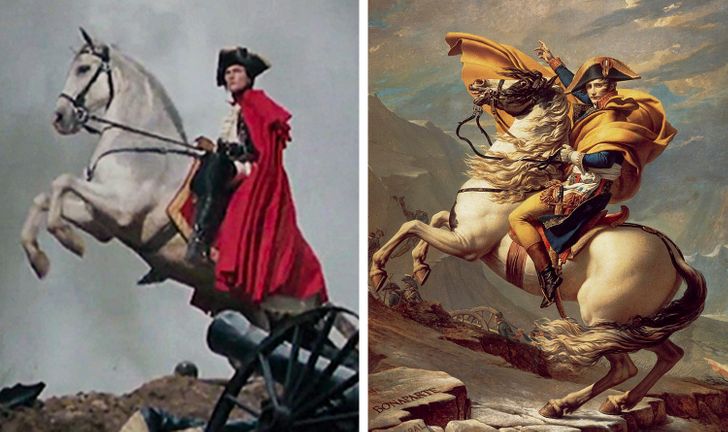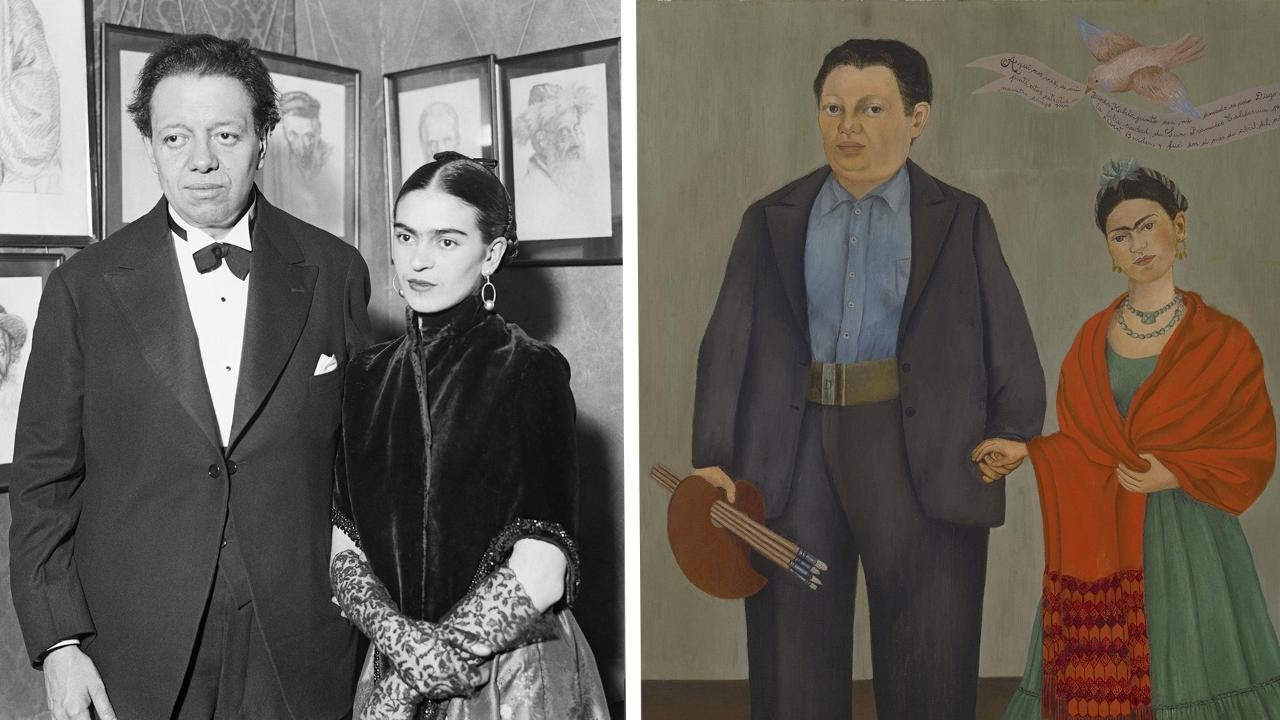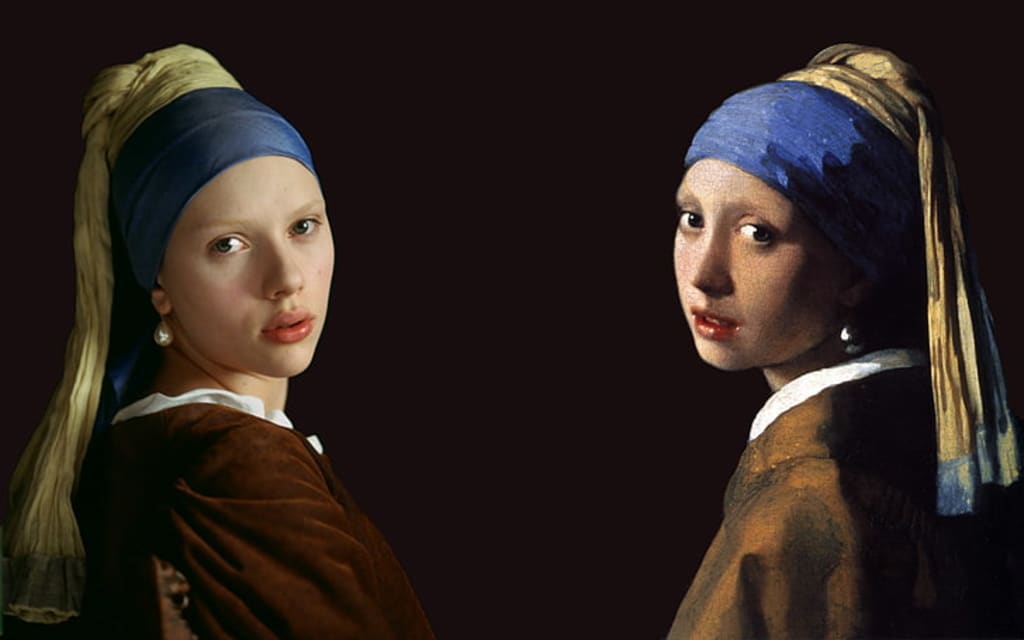12 Iconic Movie Scenes Inspired by Famous Paintings
Shutter Island (2010) – Inspired by The Kiss by Gustav Klimt (1907–1908)

Martin Scorsese’s Shutter Island takes a visual cue from Klimt’s The Kiss. The use of golden tones and the embrace depicted mirrors the famous painting, adding emotional depth to the narrative.
Melancholia (2011) – Inspired by Ophelia by John Everett Millais (1851–1852)

Lars von Trier masterfully recreates Millais’ Ophelia in Melancholia. The scene where Kirsten Dunst’s character floats serenely in water is a direct homage to the iconic painting, capturing its tragic beauty.
Inception (2010) – Inspired by M.C. Escher’s Ascending and Descending (1960)

In Inception, the mind-bending staircase scene is a clear reference to Escher’s Ascending and Descending, where figures climb an endless staircase. The surreal imagery perfectly complements the film’s dreamlike narrative.
Django Unchained (2012) – Inspired by The Blue Boy by Thomas Gainsborough (1770)

Quentin Tarantino’s Django Unchained features a striking moment where the protagonist dons a bright blue outfit, reminiscent of Gainsborough’s classic portrait *The Blue Boy*, symbolizing a regal, almost noble defiance.
Forrest Gump (1994) – Inspired by Christina’s World by Andrew Wyeth (1948)

In Forrest Gump, there is a poignant scene where Forrest runs across a field, evoking Andrew Wyeth’s Christina’s World. The visual of a figure alone in a vast landscape mirrors the sense of isolation and yearning from the painting.
Moonlight (2016) – Inspired by René Magritte’s La robe du soir (1954)

The visual aesthetics of Moonlight borrow heavily from Magritte’s La robe du soir. The striking use of light and shadows creates an atmosphere of mystery and introspection, much like the painting’s surreal aura.
The Thomas Crown Affair (1999) – Inspired by The Son of Man by René Magritte (1964)

Magritte’s famous painting The Son of Man, featuring a man with a floating apple covering his face, is referenced in The Thomas Crown Affair. The visual nod adds a layer of intrigue and identity play to the film’s heist narrative.
Psycho (1960) – Inspired by Edward Hopper’s House by the Railroad (1925)

Alfred Hitchcock’s Psycho draws inspiration from Edward Hopper’s House by the Railroad. The eerie, isolated mansion in the film echoes the hauntingly empty house in Hopper’s painting, amplifying the movie’s sense of foreboding.
Dunkirk (2017) – Inspired by Caspar David Friedrich’s Wanderer above the Sea of Fog (1818)

Christopher Nolan’s Dunkirk includes a shot that mimics Friedrich’s Wanderer above the Sea of Fog, where a soldier stands looking over a tumultuous sea. The visual parallels draw on themes of isolation and introspection in both the film and the painting.
Marie Antoinette (2006) – Inspired by Jacques-Louis David’s Napoleon Crossing the Alps (1801)

Sofia Coppola’s Marie Antoinette features a scene where Kirsten Dunst’s character strikes a pose directly mirroring David’s Napoleon Crossing the Alps, evoking regal power and grace while offering a nod to classical portraiture.
Frida (2002) – Inspired by Frida and Diego Rivera (1931) by Frida Kahlo

In Frida, Salma Hayek recreates scenes from Kahlo’s own paintings, such as Frida and Diego Rivera. The film visually captures the raw emotion and intimacy Kahlo poured into her artwork, blurring the lines between life and art.
Girl with a Pearl Earring (2003) – Inspired by Johannes Vermeer’s Girl with a Pearl Earring (1665)

The film Girl with a Pearl Earring recreates Vermeer’s iconic painting in its final scene. The soft lighting, muted tones, and the enigmatic expression of the lead character perfectly mirror Vermeer’s masterpiece.